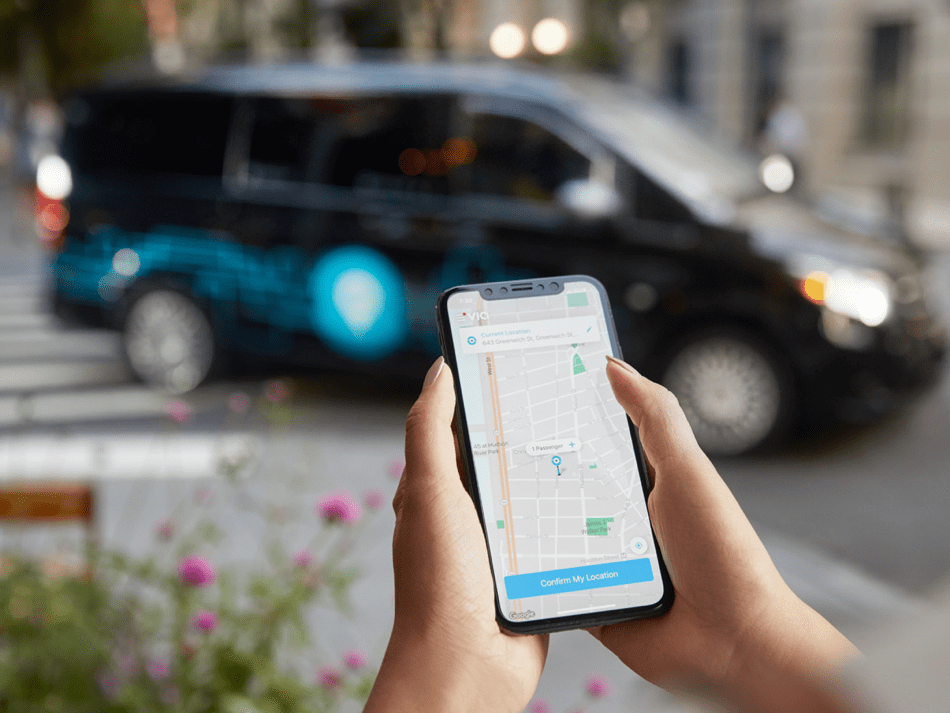

Microtransit doesn’t have to work alone.
Together, we can address your community’s biggest transit challenges by bringing all transportation
modes into one system — leveraging paratransit, fixed route, and demand-responsive options to increase
ridership while reducing costs.
Whether it’s a new ride to the commuter train or a comprehensive system upgrade, adaptable technology
allows communities to build intelligent networks that connect riders to the services they need.
Join us on this brief tour as we walk you through the steps, all the way from service design to launch. Ready for big results? Your journey starts in just 10 minutes.
Across the southeastern United States, cities and transit agencies are adopting nimble,
digitally-forward solutions that will get communities moving again and build lasting infrastructure
suited for a modern world.
Sound like a big step? Actually, it’s micro. Microtransit: On-demand technology that combines dynamic
routing and ride scheduling with the accessibility and efficiency of public transportation. It’s smart,
easy, flexible, and can be implemented in just a few weeks.
Here’s how it works: Riders safely share vehicles with others going their way, following routes and schedules determined by sophisticated algorithms. The system responds in real-time to changes in demand, reaching more people with ease, and ridership grows as transit becomes more accessible and reliable.
In many places, high-frequency transit isn’t within walking distance of where most people live and work. Microtransit connects these individuals to transit hubs, in turn reducing congestion by taking single-occupancy cars off the road.
It’s not easy to build a transportation network in places that lack the population density necessary for efficient fixed route buses or trains. Microtransit gives people in these areas a convenient way to get around.
Traditional buses commonly follow outdated routes and rigid schedules, ultimately serving few passengers. Microtransit uses dynamic routing to increase coverage, utilization, and service quality, while driving down costs.
[Birmingham On-Demand] is something that is extremely convenient and affordable and helps bridge a gap for folks.”


On-demand transit could help cities reduce traffic by 15% to 30%... Their convenience and flexibility improve the user experience over fixed route mass transit while bringing good jobs within reach of neighborhoods poorly served by the status quo.”